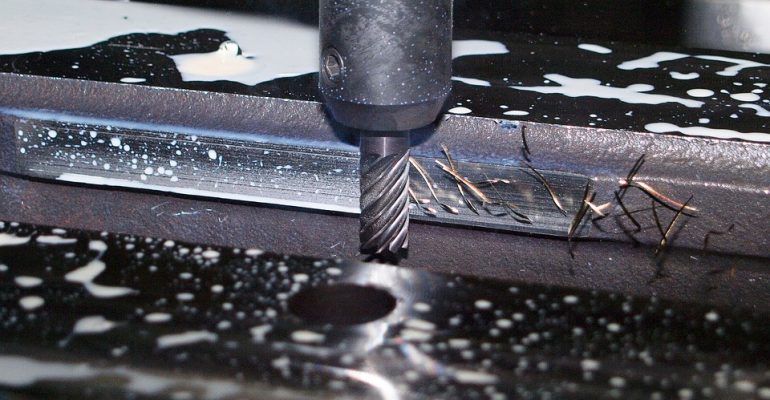Milling is a material removal process, which can create a variety of features on an object by cutting away the unwanted material. The milling process requires a milling machine, workpiece, fixture, and cutter. The workpiece is a piece of pre-shaped material (Object) that is secured to the fixture, which itself is attached to a platform inside the milling machine. The cutter is a cutting tool with sharp teeth secured to the milling machine and rotates at high speeds.
By feeding the workpiece into the rotating cutter, the material is cut away from this workpiece in the form of small chips to create the desired shape.
Milling is typically used to produce parts that are not axially symmetric and have many features, such as holes, slots, pockets, and even three-dimensional surface contours. Parts that are fabricated completely through milling often include components that are used in limited quantities, such as custom designed fasteners or brackets, which are usually used as prototypes.
Another application of milling is the fabrication of tooling for other processes. For example, three-dimensional molds are typically milled. Milling is also commonly used as a secondary process to add or refine features on parts that were manufactured using a different process. Milling is ideal for adding precision features to a part whose basic shape has already been formed due to the high tolerances and surface finishes that it can offer.
